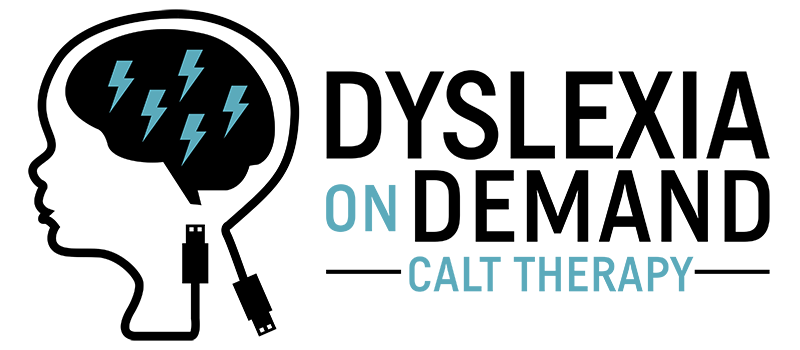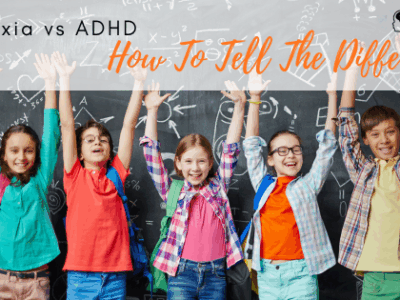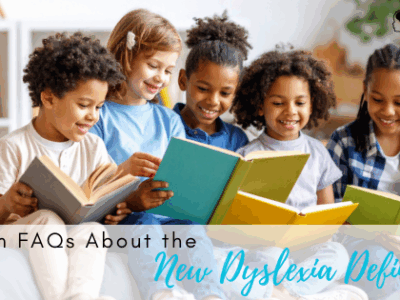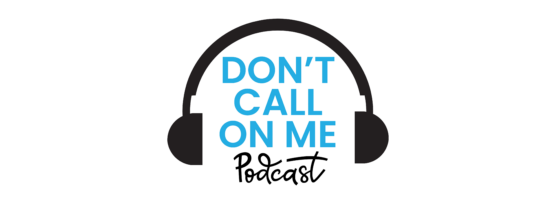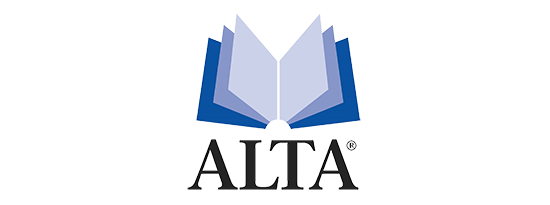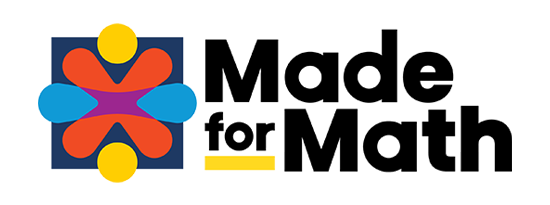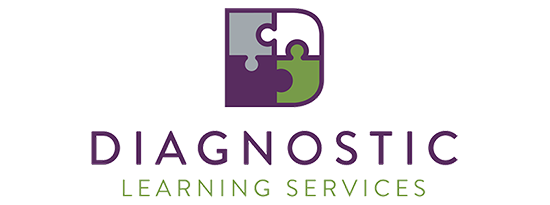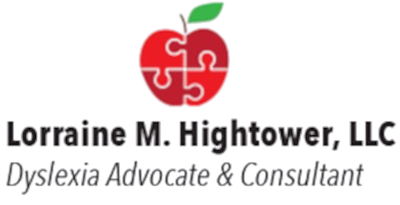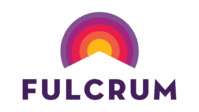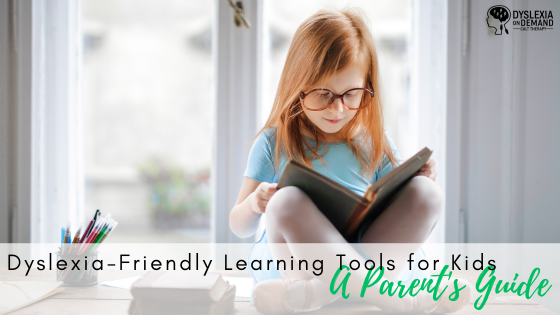
Dyslexia-Friendly Learning Tools for Kids: A Parent’s Guide
Executive Summary
Understanding how the dyslexic brain processes language can help parents choose tools and support systems that truly make a difference. When combined with evidence-based dyslexia therapy, carefully selected learning apps and multisensory strategies can help students build new neural pathways and grow into confident readers and writers.
When you’re the parents of a student with dyslexia, it is so important to gain an understanding of the dyslexic brain. Dyslexia is a language processing disorder, which means there’s a difference in a dyslexic person’s phonological processing part of the brain. All of the subskills that are needed for effective reading and writing acquisition—including hearing sounds, segmenting sounds, and recognizing letter patterns in words—are connected to phonological processing. However, just because your child’s brain may not be the same as a neurotypical brain, it doesn’t mean that your student can’t learn to read and write well.
With the right tools, dyslexic students can work to create new neural pathways in their brains; they can become great readers and writers. Fortunately, there are some great solutions available to students and families who are affected by dyslexia. The right kind of dyslexia help for students can be accessible, convenient, and effective. Read on to discover a parent’s guide to dyslexia-friendly learning tools for kids.
Apps can be useful. Technology has come a long way, especially when you consider how it affects education. Apps often serve as a supportive tool for students with dyslexia. And while they can serve great purposes for learning and academics, it is important to consider that apps should only be used in conjunction with treatment for dyslexia like a dyslexia therapy program.
Audio and e-book apps:
- Epic is a great digital library that is designed for kids ages 12 and under. It provides students with a fun way to engage in reading through resources like e-books, audiobooks, learning videos, and quizzes. Epic is a free app on most devices.
- Learning Ally aims to help children learn by listening and then engaging in conversations about books. Learning Ally gives students access to e-books that comprise their school curriculum titles as well as other popular texts. It’s available with a monthly subscription and often is a free available resource with proof of dyslexia.
Fun and games:
- ABC Magic Phonics is an app that acts like a game to help students to develop phonemic and letter awareness. With 10 levels of sequential learning to master, it can help guide younger students in learning more about letters and sounds.
- Word Wizard engages students by gamifying learning. Its spelling and reading activities can help build students’ basic reading skills.
Reading and Writing help:
- Natural Reader is a text-to-speech app that converts texts to a natural-sounding voice. This can be helpful for readers with dyslexia or learners to depend on auditory skills for listening and comprehension.
- Ginger Writer is an example of some of the positive assistance that AI can offer. This app helps students with their writing skills through features like a grammar checker and a sentence rephraser. While there is no replacement for actual human skills, this artificial intelligence-based technology can help students who struggle with writing to learn more about grammar and how to craft better sentences.
Tried and true dyslexia programs are the most trusted tools to help dyslexic learners. When choosing a program for your student with dyslexia, you will want to find one that has some key components:
- Orton Gillingham-based: Your student’s dyslexia program should be based on the gold standard for dyslexia help—Orton Gillingham. These programs are structured and feature a multisensory approach that focuses on phonemic awareness, phonics, fluency, vocabulary, and spelling.
- Multisensory: When students with dyslexia engage multiple senses, their learning is enhanced. Visual, auditory, and kinesthetic components are all key to a dyslexia program’s success.
- Data-driven. Each student has a unique dyslexia profile, which requires an individualized approach. Any trusted dyslexia program should include baseline assessments and a progress monitoring plan to ensure the student is mastering concepts as they are taught.
- Tailored to your student: So many tutoring programs and tools tend to take a one-size-fits-all approach to dyslexia help for students. Dyslexia therapy is different; At Dyslexia on Demand, students work one-on-one with highly trained experts that work to tailor the trusted dyslexia curriculum to each individual’s specific needs.
Learn more about one of the most effective tools: Dyslexia Therapy at Dyslexia on Demand.
- We use innovative tools for learning in a virtual multisensory environment. Some of these tools include tactile materials and interactive whiteboards. With these tools, virtual sessions feel like active, engaging in-person sessions and satisfy the multisensory learning requirements for rewiring the dyslexic brain.
- Dyslexia on Demand employs experts to implement multisensory instruction. CALTs, short for Certified Academic Language Therapists, are some of the most highly educated and specially trained dyslexia experts. Your student will work one-on-one, consistently with a CALT at Dyslexia on Demand.
- Create new neural pathways in your child’s brain. The dyslexia therapy programs at Dyslexia on Demand present achievable goals for your student. Our programs are time-tested and research-based; the results are undeniable. CALTs work to help students to develop new reading and writing skills through Orton-Gillingham programs. In turn, this work helps to create new pathways in the brains of dyslexic learners. Students build on these skills, and the high repetition helps with retention—making those pathways in the brain more powerful.
Are you ready to implement the most effective tool for your child with dyslexia? Learn more about Dyslexia on Demand’s mission, or get in touch to book a free consultation.
FAQs
1. Are apps enough to help my child overcome dyslexia?
No. Apps can provide practice and support, but they cannot replace structured dyslexia therapy. True progress comes from targeted, systematic instruction delivered by a trained specialist.
2. What makes a dyslexia-friendly program effective?
Effective programs are Orton-Gillingham based, multisensory, data-driven, and individualized. They break language down into structured steps and adjust instruction based on a child’s progress.
3. Why does Dyslexia on Demand use Certified Academic Language Therapists (CALTs)?
CALTs are highly trained professionals who specialize in dyslexia intervention. Their expertise allows them to tailor therapeutic instruction to each student’s unique learning profile, helping create lasting improvements in reading and writing.
References
International Dyslexia Association. (n.d.). Dyslexia basics. https://dyslexiaida.org/dyslexia-basics/
International Dyslexia Association. (n.d.). Effective reading instruction for students with dyslexia. https://dyslexiaida.org/effective-reading-instruction-for-students-with-dyslexia/
National Center on Improving Literacy. (n.d.). Assistive technology to support students with dyslexia. https://improvingliteracy.org/
Scottish Rite for Children. (2020). Take Flight: A comprehensive intervention for students with dyslexia. https://scottishriteforchildren.org/take-flight-a-comprehensive-intervention-for-students-with-dyslexia/
Shaywitz, S. E., & Shaywitz, B. A. (2020). Overcoming dyslexia (2nd ed.). Vintage.
Birsh, J. R., & Carreker, S. (Eds.). (2018). Multisensory teaching of basic language skills (4th ed.). Paul H. Brookes Publishing.
Learning Ally. (n.d.). About Learning Ally. https://learningally.org/
Epic. (n.d.). Epic! – Kids’ books and reading app. https://www.getepic.com/
